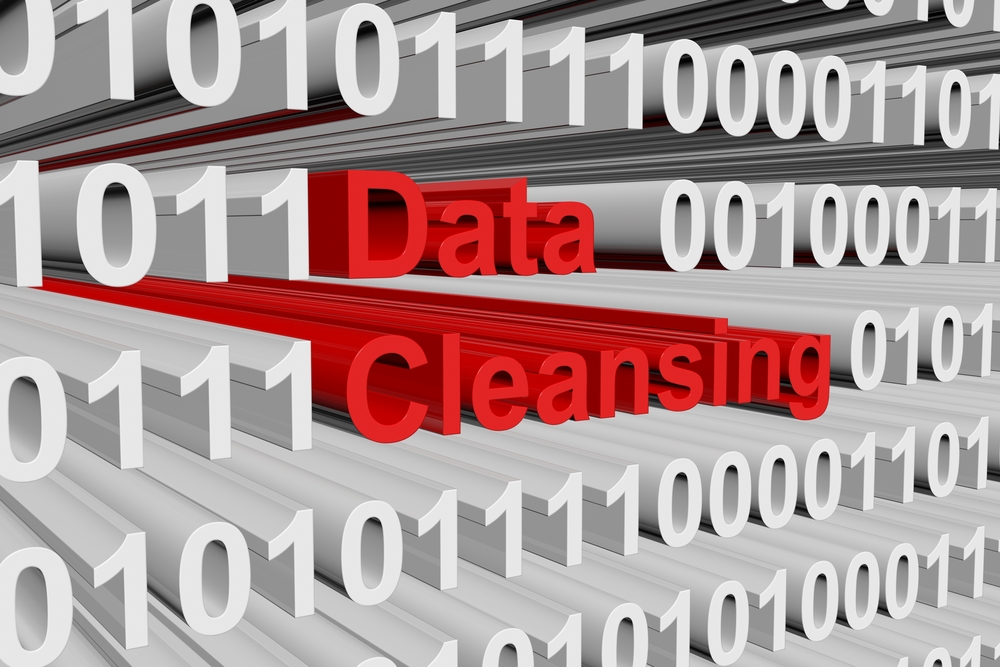Small and midsize businesses rely on data for historical context, trend predictions and better decision-making. With limited time and resources, however, SMBs can’t afford to get bogged down with duplicate, incomplete or inaccurate information. Data cleansing lets small businesses make the most of their data without breaking the bank. Here’s how it works.
What Dirty Data Does to SMBs
Clean data is accurate, timely and well-structured, making it easy for staff to find what they’re looking for and make decisions with confidence.
Dirty data, meanwhile, frustrates SMB efforts. Consider two data sources both reporting on customer purchasing patterns but reporting different values. Without knowing which is the true value and which is the error, businesses are left backtracking to find out what went wrong.
In practice, dirty data does three dastardly things to SMBs.
First, it requires more time. Staff must comb through multiple data sources to find accurate data, and then double-check this data to ensure it’s still relevant. Second, it frustrates decision-making. Without confidence that data is accurate or complete, companies are more hesitant to commit, which can result in missed opportunities.
Perhaps most worrisome, however, are the costs of dirty data. On average, unclean information can lead to losses of $100 per record — multiply that by hundreds or thousands of records, and SMBs can find themselves struggling to stay in the black.
It’s also worth noting that dirty data drives more dirty data. For example, if company databases are performing calculations on incoming data and the information is incomplete or invalid, the results will be the same. Put another way, GIGO: garbage in, garbage out.
Five Steps to Keep Data Clean
Data cleansing is the process of identifying, modifying and (as necessary) removing detrimental data. These five steps can help SMBs navigate this process:
Establish Key Goals
Before cleaning data, SMBs need to identify key outcomes. Simply saying, “We want cleaner data” is a reasonable goal, but it isn’t enough on its own. Instead, businesses need to determine why they want cleaner data. What specific processes or decisions can benefit from better data? What needs to change for this to happen?
Find Dirty Data
Next up is finding dirty data. Here, SMBs often benefit from the help of a trusted third party that can discover and map all data sources, determine where dirty data exists and suggest an effective cleaning plan.
Validate, Control and Fix
With dirty data identified, SMBs can tackle the cleaning trifecta: Validate, control and fix. Validation is the process of ensuring that data is reliable, accurate and complete. Control focuses on removing duplicate data and outlier data points and reducing the risk of these data points recurring. Finally, businesses need to fix any irregularities or inaccuracies in data entry to ensure new entries are consistent.
Standardize Operations
With dirty data identified and eliminated, SMBs can standardize operations. This process includes communication with staff to ensure everyone follows the same data entry protocols, along with the use of data monitoring solutions to help ensure standards are met.
Stay the Course
Data quality isn’t static. New data sources can introduce the potential for dirty data, as can the adoption of new technologies such as cloud or edge computing. As a result, SMBs must stay the course with continuous monitoring to keep data clean over time.
Dirty data costs SMBs time, effort and money. Best case scenario? Sources are found and fixed quickly, causing moderate revenue and reputation damage. Worst case? SMBs spend so much time and money struggling with dirty data that they start losing market share and falling behind the competition.
As a result, SMBs can’t afford to ignore data cleansing. For more information on how clean data can help drive SMB success, please see the accompanying resource.
Infographic provided by Association Analytics, a data analytics platform
Julie Sciullo is CEO of Association Analytics and founder of Acumen. Under Sciullo’s leadership, Acumen is the No. 1 provider of data and analytics software to the association community. In her role, and through the introduction of Acumen, she has set out to change the way associations do business by giving them the ability to use data to make decisions with confidence and leverage insights that drive engagement and profitability.
Data stock image by Profit_Image/Shutterstock

